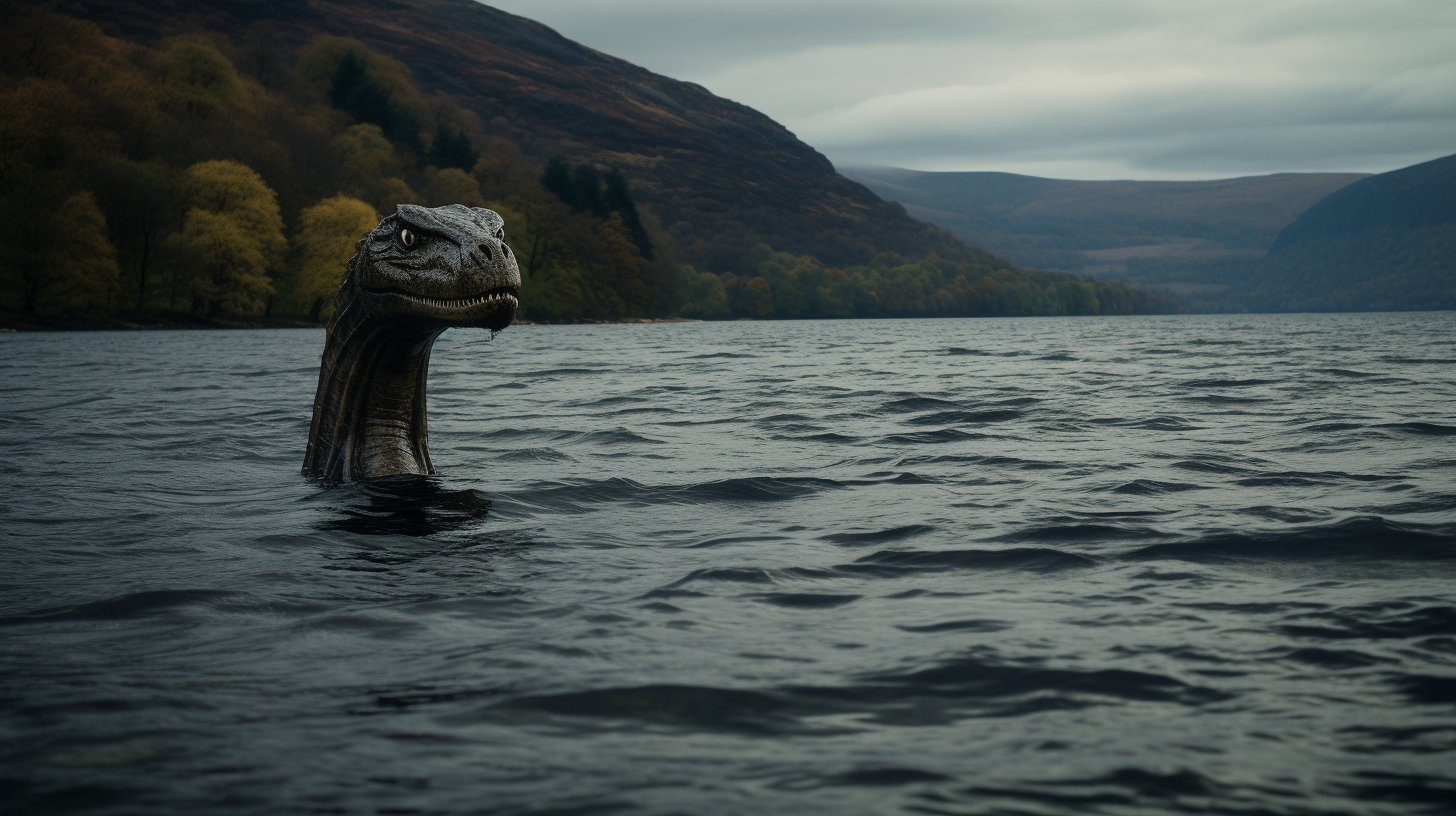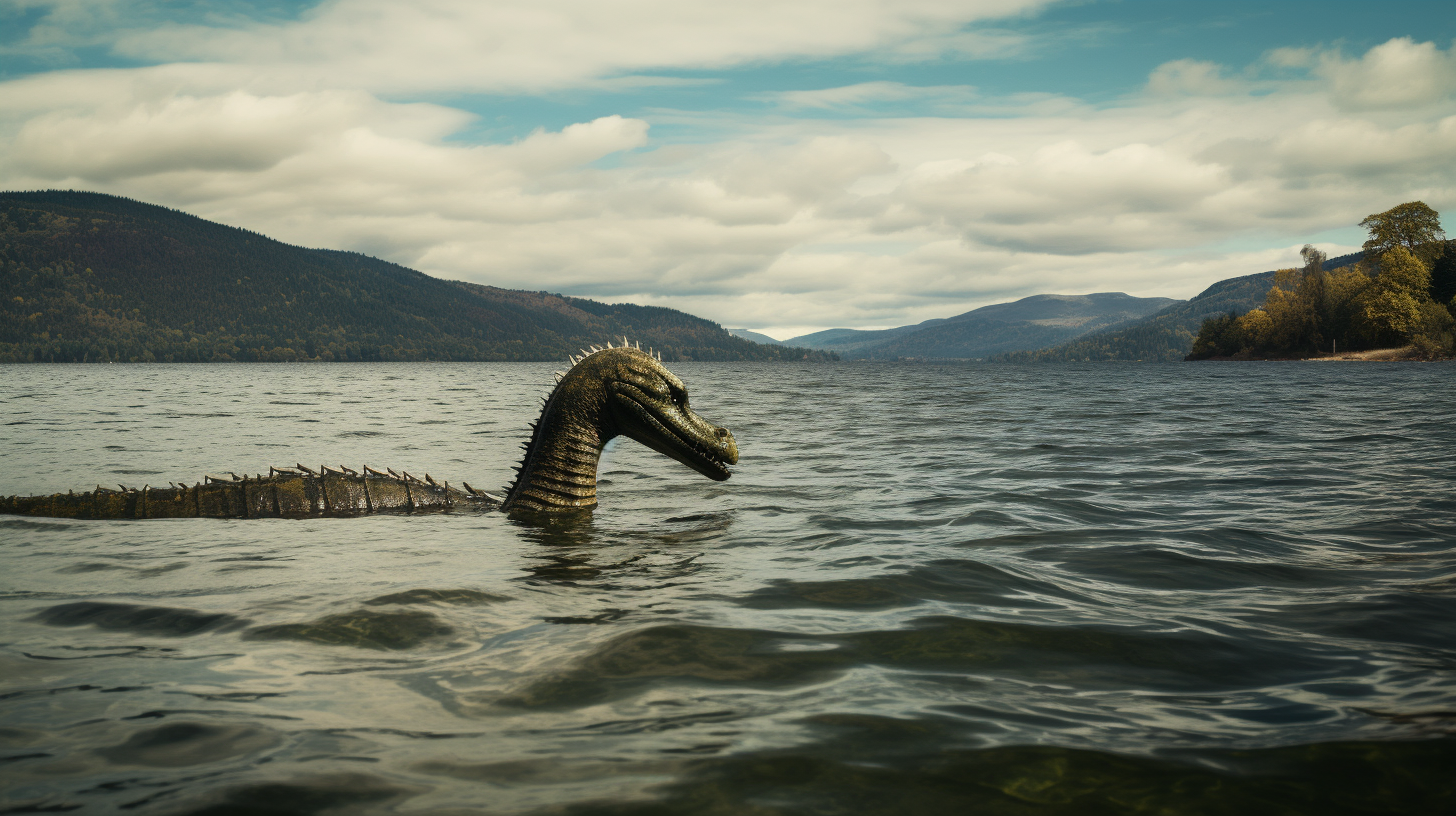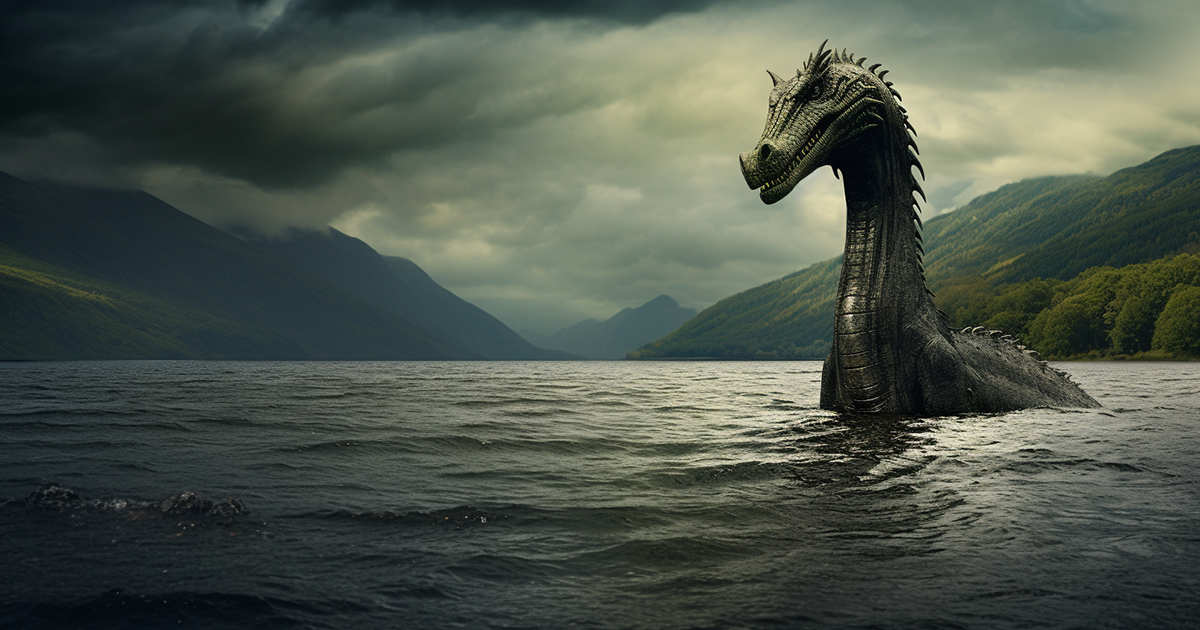Have you ever wondered what secrets lie beneath the tranquil surfaces of the world’s lakes? In this article, we delve into the intriguing world of lake monsters, from Loch Ness to Okanagan Lake in British Columbia, and explore the compelling evidence that suggests these elusive creatures may exist.
Loch Ness, Scotland, a place shrouded in mystery and folklore, has long been associated with the enigmatic creature known as the Loch Ness Monster or Nessie.
While the legend of Nessie dates back centuries, it gained international attention in 1933 when a photograph purportedly captured the creature’s image. Since then, there have been thousands of eyewitness accounts and compelling photographic evidence that have fueled the fascination surrounding this mysterious creature.
One particularly intriguing sighting occurred in December 2018 when military historian Ricky Phillips was strolling along the shoreline of Loch Ness. His attention was drawn to a strange disturbance in the waters, which he managed to capture in a photograph.
The image revealed a sinuous figure rising from the depths of the lake, sparking speculation about the existence of Nessie.

But Loch Ness is not the only lake harboring tales of such creatures. There is a remarkable pattern known as the “lake monster belt,” which encompasses various lakes around the world, all located between 40 to 60 degrees north in the Northern Hemisphere.
This geographical pattern has led researchers to believe that there might be certain conditions at these latitudes that make the existence of lake monsters more plausible.
One notable example is Lake Champlain, home to Champ, a creature often compared to Nessie. Reports of Champ sightings date back over a century, with witnesses describing a long, serpentine creature swimming in the lake’s waters.
Similarly, Okanagan Lake in British Columbia is home to the Ogopogo monster, another elusive and mysterious lake-dwelling creature.
The phenomenon is not limited to North America. Russia has its own version of a lake monster known as the Lake Brosno creature, reported to inhabit Lake Brosno. These creatures, though varying in appearance and local lore, share common traits – long, serpentine bodies, and a knack for eluding capture.

One of the most intriguing pieces of evidence for the existence of these creatures comes from recent sonar scans of Loch Ness. These scans revealed a massive, unidentified object moving beneath the lake’s surface at a depth of approximately 600 feet.
While skeptics may argue that it could be a submerged log or debris, photographic experts suggested it might be a living organism. The mystery deepens as the object appeared and disappeared within a short timeframe, leaving researchers perplexed.
Researchers have put forth various theories to explain the existence of these lake monsters, ranging from mutated eels to prehistoric survivors. However, the enduring mystery lies in the consistent reports of similar creatures across different lakes worldwide.
The uncanny resemblance of these lakes, characterized by their elongated shapes, narrow bodies of water, and specific geographical locations, raises intriguing questions about the conditions that might foster the existence of such creatures.
Video:
In conclusion, the allure of lake monsters continues to captivate our imaginations. While we may never definitively prove the existence of these enigmatic creatures, the compelling evidence from various sightings, sonar scans, and the curious geographic distribution of similar creatures in the “lake monster belt” keeps the legend alive.
Whether you believe in the existence of these creatures or see them as products of folklore and human imagination, the world’s lakes remain a realm of mystery and wonder, waiting for further exploration and discovery.

22 thoughts on “Mysteries of Loch Ness: Discovering Compelling Evidence”
Comments are closed.